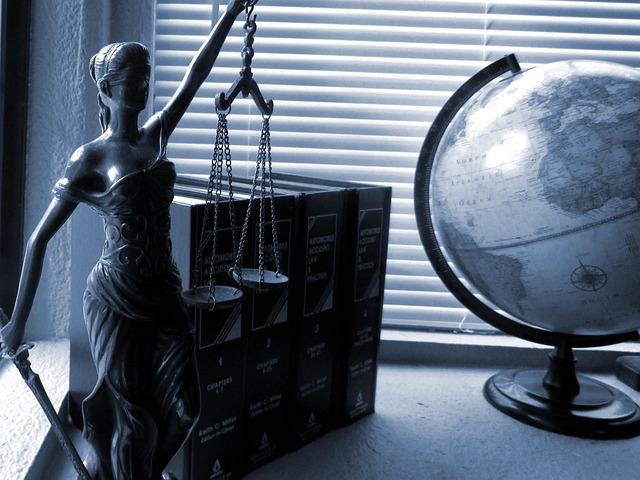Eliza Teoh’s Revelations on Media Bias Resonate Today
Eliza Teoh’s recent post on social media, discussing her experience of being discouraged from reporting positively on opposition candidates in the 1990s, has sparked a conversation about media bias in Singapore. Despite the post being decades old, Teoh’s observations still strike a chord with many individuals, highlighting the enduring challenges in media representation.
Outdated Bias in Media Coverage
Teoh’s anecdote sheds light on a persistent issue in the media landscape, where a perceived bias towards the ruling People’s Action Party (PAP) can influence coverage of opposition figures. Teoh pointed out the stark contrast in how PAP members are often portrayed in a positive light, with smiling photos, while opposition candidates are depicted as stern or unfavorable.
This observation raises concerns about the objectivity and fairness of media reporting, especially in a political context where diverse viewpoints and voices are essential for a vibrant democracy. The notion that such biases may still exist despite advancements in media technology and practices is a sobering reminder of the challenges faced by journalists and media professionals in maintaining impartiality.
Evolution of Media Landscape
While advancements in technology have transformed the way news is disseminated and consumed, the underlying issue of bias in reporting remains a pertinent concern. With Singapore investing significant public funds, amounting to S$900 million, in the media industry, questions about the framing of news and its impact on public perception become increasingly relevant.
The proliferation of online platforms and social media has provided alternative avenues for information dissemination, allowing for greater diversity of voices and perspectives. However, the issue of bias can still permeate through these channels, influencing the narrative and shaping public opinion.
Impact on Media Credibility
Teoh’s revelations serve as a reminder of the importance of media credibility and integrity in fostering a well-informed society. When journalists face pressure or constraints that hinder their ability to report objectively, the public’s trust in the media is eroded, leading to skepticism and disillusionment.
In an era where fake news and misinformation abound, upholding journalistic principles of accuracy, fairness, and impartiality is crucial in ensuring that the public receives reliable information. Transparency in media practices and a commitment to representing diverse viewpoints are essential in building trust between media organizations and the communities they serve.
Looking Towards a More Inclusive Media Environment
Addressing biases in media coverage requires a concerted effort from journalists, media organizations, and policymakers. Encouraging open dialogue, supporting independent journalism, and promoting media literacy are key steps towards creating a more inclusive and diverse media environment.
By fostering a culture of transparency and accountability within the media industry, stakeholders can work towards mitigating biases and ensuring that all voices are heard. Embracing a plurality of perspectives and challenging entrenched narratives can help cultivate a media landscape that reflects the rich diversity of Singaporean society.
In conclusion, Eliza Teoh’s reflections on media bias serve as a poignant reminder of the ongoing challenges in achieving balanced and impartial reporting. As Singapore’s media landscape continues to evolve, it is imperative for stakeholders to uphold the principles of journalistic integrity and promote a culture of openness and inclusivity in media representation.
Source
This article is written in response to original article.








